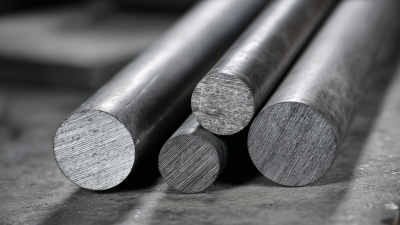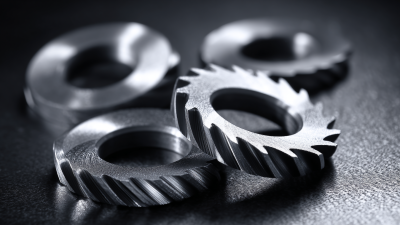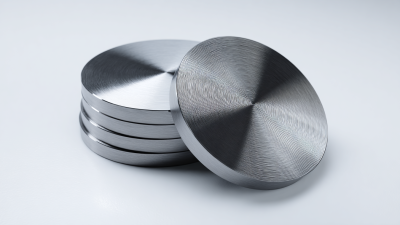How to Choose the Right Carbide Rods for Your Industrial Applications
Carbide rods are essential components in various industrial applications, known for their exceptional hardness and wear resistance. When it comes to selecting the right carbide rods for your specific needs, understanding the factors that influence their performance is crucial. The choice of carbide rods can significantly impact the efficiency of manufacturing processes, tool longevity, and overall product quality.
This guide will explore the key considerations to keep in mind when choosing carbide rods, including material composition, dimensions, and coating options. By evaluating these aspects, you can ensure that the carbide rods you select will meet the demands of your operations, enhance productivity, and reduce downtime.
Whether you are in precision machining, mining, or agricultural sectors, making informed decisions about carbide rods is vital for achieving optimal results in your industrial applications.
Understanding the Different Types of Carbide Rods for Various Industrial Uses
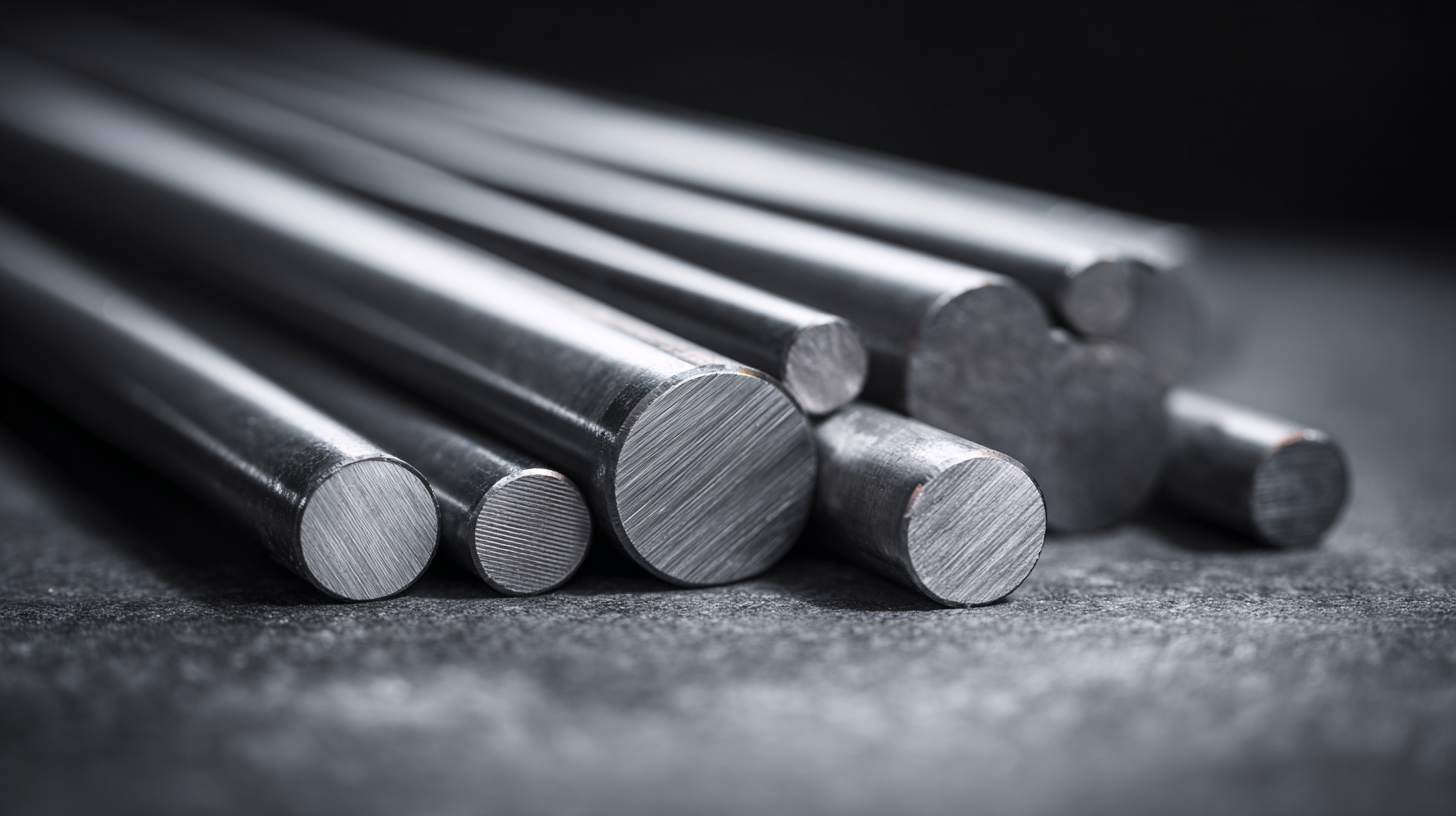 When it comes to selecting carbide rods for industrial applications, understanding the different types available is crucial. Carbide rods are not a one-size-fits-all solution; they vary significantly in composition and properties, catering to specific needs across industries. For example, tungsten carbide rods are known for their hardness and wear resistance, making them ideal for cutting tools and mining applications. According to a recent market report, the demand for tungsten carbide in the global tooling market has shown a steady increase, projected to reach approximately $12 billion by 2025 due to its durability and performance.
When it comes to selecting carbide rods for industrial applications, understanding the different types available is crucial. Carbide rods are not a one-size-fits-all solution; they vary significantly in composition and properties, catering to specific needs across industries. For example, tungsten carbide rods are known for their hardness and wear resistance, making them ideal for cutting tools and mining applications. According to a recent market report, the demand for tungsten carbide in the global tooling market has shown a steady increase, projected to reach approximately $12 billion by 2025 due to its durability and performance.
Another key type is cobalt-bonded carbide, which offers better toughness compared to pure tungsten carbide. This makes them suitable for applications requiring enhanced impact resistance, such as in construction and heavy machinery. A 2022 study highlighted that cobalt-bonded carbide segments are expected to experience significant growth, reflecting an annual increase of 4.5% in various industrial sectors.
Tips: Always consider the specific application when selecting carbide rods. For heavy-duty applications, opt for cobalt-bonded carbide for improved toughness. In contrast, for high-speed machining, tungsten carbide rods will provide the necessary hardness. Additionally, consult with suppliers to understand the latest advancements in carbide technology that can enhance production efficiency and tool longevity.
Evaluating Key Properties of Carbide Rods: Hardness, Toughness, and Wear Resistance
When selecting carbide rods for industrial applications, it's crucial to evaluate their key properties, such as hardness, toughness, and wear resistance. Hardness is a primary factor, as it determines the rod's ability to withstand deformation under stress. Typically measured on the Rockwell scale, harder materials tend to maintain their shape and edge longer, making them suitable for tools that require high precision and durability.
Toughness, on the other hand, refers to a material's ability to absorb energy and deform without breaking. This property is especially important in applications where carbide rods might be subjected to dynamic loads or shocks. A tough carbide rod reduces the risk of catastrophic failure, ensuring operational safety and longevity of the tool. Likewise, wear resistance is vital, particularly in high-abrasion applications. Rods with excellent wear resistance retain their performance over prolonged use, which is essential for maintaining efficiency and minimizing downtime. Balancing these properties based on specific application needs will lead to optimal material selection and improved overall performance.
Factors Influencing the Selection of Carbide Rods: Application, Geometry, and Thickness
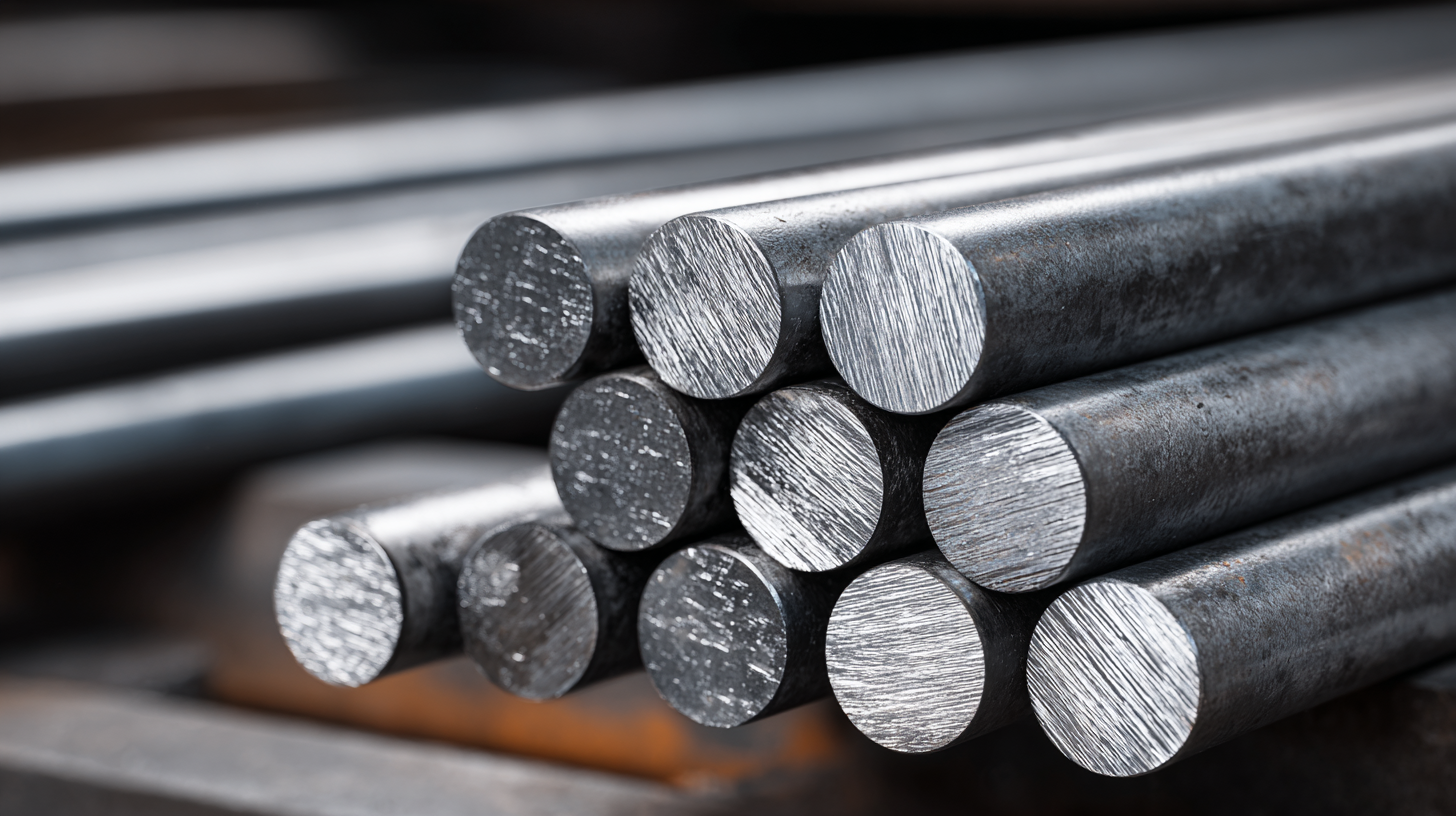 When selecting carbide rods for industrial applications, several factors come into play, specifically application, geometry, and thickness. The intended application significantly influences the choice of carbide rod. For instance, tools requiring high wear resistance might benefit from rods with a higher cobalt content, while those intended for cutting applications may need specific coatings to enhance performance.
When selecting carbide rods for industrial applications, several factors come into play, specifically application, geometry, and thickness. The intended application significantly influences the choice of carbide rod. For instance, tools requiring high wear resistance might benefit from rods with a higher cobalt content, while those intended for cutting applications may need specific coatings to enhance performance.
Geometry is another critical consideration. The diameter and length of carbide rods must align with the specifications of your machinery and the demands of the task at hand. A thorough understanding of the machining process can guide the choice of geometry that optimizes efficiency and tool life.
Tips: Always consult technical data sheets to verify the properties of the carbide rods. Additionally, when in doubt, consider a test run with various geometries and thicknesses to identify the most effective configuration for your specific needs. The right thickness can also mitigate chances of breakage or wear, offering both durability and performance in rigorous industrial environments.
Analyzing Cost-Effectiveness: Selecting Carbide Rods Based on Longevity and Performance
When selecting carbide rods for industrial applications, focusing on cost-effectiveness becomes crucial, particularly through evaluating longevity and performance. According to the National Tooling and Machining Association (NTMA), carbide rods can last up to five times longer than high-speed steel tools, significantly reducing the frequency of replacements and associated downtime. This extended lifespan translates into lower overall operational costs, especially in high-volume manufacturing settings where tool wear can lead to increased maintenance and production inefficiencies.
Tips: Consider the specific grades and coatings of carbide rods, as they can significantly enhance performance. For instance, rods with a diamond coating typically provide higher wear resistance, making them ideal for abrasive materials. A study by the International Journal of Manufacturing Engineering found that using enhanced carbide rods can improve tool life by over 30%, leading to more predictable manufacturing processes and reduced expenditure on spare parts.
Investing in the right carbide rods involves analyzing their performance metrics closely. The ability to withstand higher *temperatures and pressures* will dictate the choice of rod for specific applications. The American National Standards Institute (ANSI) highlights that selecting rods with suitable hardness levels can prevent premature failure, especially when machining tougher materials. This strategic approach not only optimizes productivity but also ensures that the investment in carbide rods yields substantial returns over time.
The Role of Coating and Surface Treatment in Enhancing Carbide Rods' Functionality
The functionality of carbide rods in industrial applications can be significantly enhanced through advanced coating and surface treatment technologies. Recent advancements in bioactive surface coatings demonstrate the critical role of modifying material surfaces to improve performance characteristics. For instance, applying coatings on biodegradable magnesium alloys has shown promising results in various fields, including medical and industrial applications, where enhanced surface properties play a vital role in the longevity and effectiveness of materials under operational conditions.
Furthermore, the integration of chemical vapor deposition (CVD) techniques has paved the way for the creation of exceptionally durable coatings, such as those seen with diamond processing tools. These coatings not only provide superior wear resistance but also improve the overall performance of carbide rods in challenging industrial environments. By adopting innovative surface treatment methods, manufacturers can achieve a balance of strength, resistance to wear and corrosion, and potential functional enhancements, making these materials a critical component in the development of efficient and effective industrial tools.
Comparison of Coating Types for Carbide Rods
This bar chart illustrates the performance ratings of various carbide rod coatings. The data shows that coatings significantly enhance the functionality of carbide rods, with DLC coating providing the highest performance rating followed by TiAlN, TiN, and uncoated carbide rods.

Home
About Us
Products
Solid Carbide Rods
Carbide Rods with coolant holes
Carbide Rods with Two Helix Holes
Tungsten Carbide Flats
Solid Carbide Discs
Tungsten Carbide anti-vibration cylindrical shafts
Non-standard Customized Carbide Blanks
Solid Carbide Circular Saw Blade
Solid Carbide Woodworking Blade
Solide Carbide End Mills
Solid Carbide Drills
Carbide Rotary Burrs
Customized Carbide Tools
News
FAQS
Contact Us
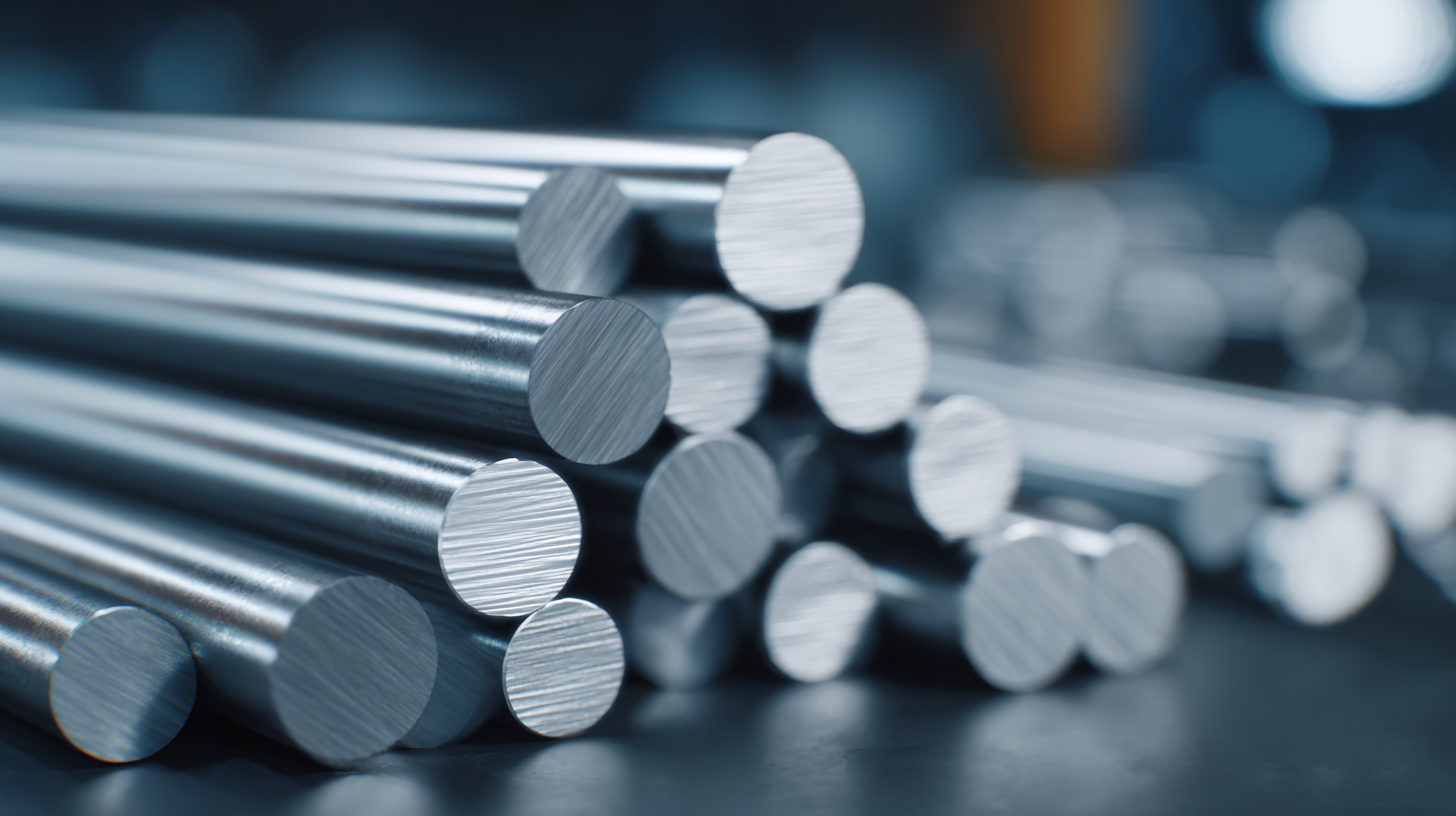
 When it comes to selecting
When it comes to selecting  When selecting carbide rods for industrial applications, several factors come into play, specifically application, geometry, and thickness. The intended application significantly influences the choice of carbide rod. For instance, tools requiring
When selecting carbide rods for industrial applications, several factors come into play, specifically application, geometry, and thickness. The intended application significantly influences the choice of carbide rod. For instance, tools requiring 


